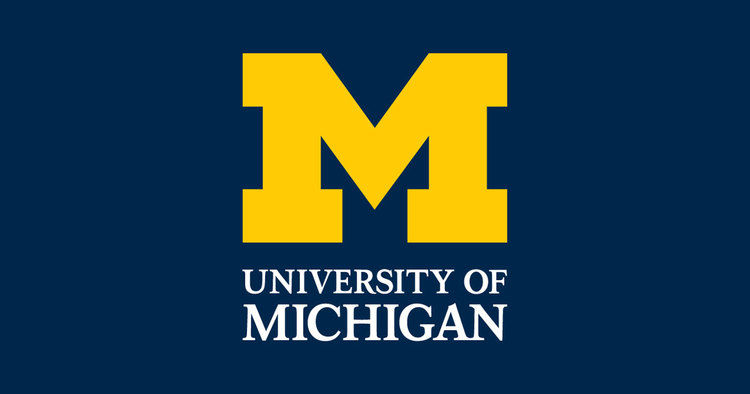
06/24/2003
The U.S. Supreme Court has ruled against the racial quota system used in the University of Michigan’s undergraduate admissions program (Gratz case) [PDF] and for the racial quota system used in the Law School’s admission program (Grutter case). [PDF]
The difference is that "the procedures employed by the University of Michigan’s Office of Undergraduate Admissions do not provide for a meaningful individualized review of applicants," whereas the Law School admission policy does.
The ruling means that racial quotas past muster if they are subjectively managed as "individualized consideration." Quotas do not pass muster if they rely on objective criteria designed to admit a desired percentage of preferred minorities, such as the undergraduate school’s system of assigning 20 points to minorities for skin color.
The liberal majority (O'Connor, Stevens, Souter, Ginsberg, Breyer) attach their justification of the Law School’s quota program to the Bakke ruling: "The Court endorses Justice Powell’s view that student body diversity is a compelling state interest in the context of university admissions."
It is a story in itself how Justice Powell’s personal view has come to be regarded as the Bakke decision. The majority decision in Bakke was that racial quotas are unconstitutional. Justice Powell expressed his opinion that race could be a factor in admissions if it contributed to diversity. Proponents of quotas have since used "diversity" as a ramp for quotas.
The Court has now refined the argument. To escape being a quota, diversity requires "individualized consideration," a formulation that comes under the sheltering arm offered by Powell that race can be a "factor."
The dissenting opinion in the Law School decision (Rehnquist, Scalia, Kennedy, and Thomas) points out that the majority decision, in effect, overturns the Bakke ruling by undermining both the strict scrutiny test and the Court’s controlling precedents.
Prior to the Grutter ruling, for race to be a factor the program had to pass the strict scrutiny test. Strict scrutiny requires a "reasonably precise time limit on the Law School’s use of race in admissions." However, the Michigan program has no time limit. Grutter permits race to be used on a permanent basis. Thus, strict scrutiny is subverted.
The Law School argued that diversity requires a "critical mass." The dissenting opinion notes that the concept of critical mass is a device to make race "an automatic factor in most instances and to achieve numerical goals indistinguishable from quotas."
"Stripped of its critical mass veil," Rehnquist writes, "the Law School’s program is revealed as a naked effort to achieve racial balancing."
A reasonable conclusion from these two rulings is that a majority on the present Supreme Court believes, in the words of Ginsburg and Souter, that "centuries of law-sanctioned inequality" produced racial inequalities that require reverse discrimination in order to rectify.
This Court majority, however, is not (yet) willing to exclude white people from equal protection. Therefore, quotas must be subjectively managed as diversity and must not openly convey a group privilege based on race.
It remains to be seen whether the system of disguised and unacknowledged quotas will over time destroy equal protection for whites, or whether a more radical Court in the future will acknowledge the de facto preferences and render them to preferred minorities (perhaps by then a majority) under the doctrine of adverse possession (squatters' rights).
Paul Craig Roberts is the author of The New Color Line: How Quotas And Privilege Destroy Democracy, with Lawrence M. Stratton.
COPYRIGHT CREATORS SYNDICATE, INC.
This is a content archive of VDARE.com, which Letitia James forced off of the Internet using lawfare.